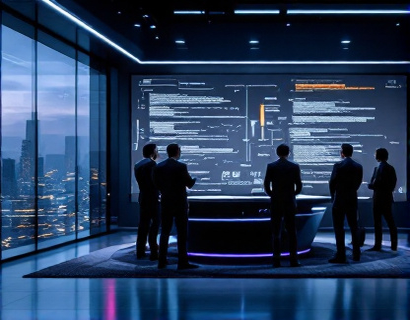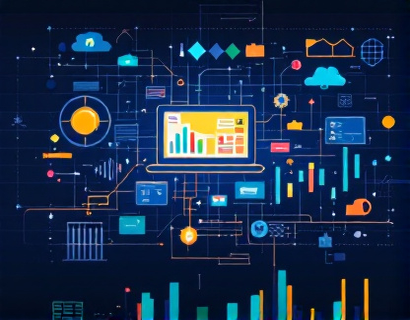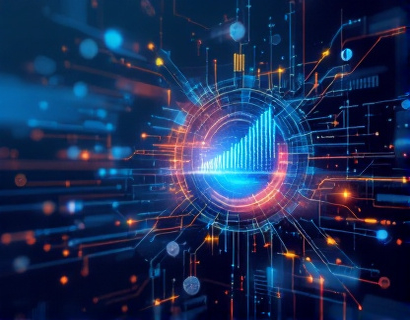Transforming Astronomy Education with Interactive Tools and Resources
The field of astronomy has always been a source of fascination for humans, offering a glimpse into the vast and mysterious universe. Traditional methods of teaching astronomy, however, often fall short in engaging students and conveying the complexity and beauty of celestial phenomena. The introduction of interactive software and digital resources has revolutionized the way we learn about the cosmos, making astronomy more accessible, engaging, and educational. This article explores how interactive tools and resources are transforming astronomy education, providing immersive experiences that bridge the gap between intricate celestial concepts and engaging learning.
The Need for Interactive Astronomy Education
Astronomy, by its nature, deals with vast distances, complex movements, and phenomena that are often invisible to the naked eye. Traditional teaching methods, such as lectures and textbooks, can struggle to convey these concepts effectively. Interactive software addresses this challenge by offering dynamic, visual, and hands-on learning experiences. These tools allow students to explore the universe in a way that is both intuitive and captivating, fostering a deeper understanding and sparking curiosity.
Engaging Learning Experiences
Interactive astronomy software provides a range of engaging learning experiences. One of the most significant advantages is the ability to visualize celestial bodies and events in real-time or historical contexts. For example, students can explore the solar system, witness planetary alignments, or observe the phases of the moon with precise simulations. These visualizations help demystify complex concepts, making them more relatable and easier to grasp.
Moreover, interactive tools often include gamification elements, such as quizzes, challenges, and interactive puzzles. These elements not only make learning fun but also encourage active participation and critical thinking. Students can test their knowledge, receive immediate feedback, and engage in friendly competitions, which can significantly enhance their learning experience.
Comprehensive Educational Resources
Beyond visualizations and gamification, interactive astronomy platforms offer a wealth of comprehensive educational resources. These resources include detailed articles, videos, and interactive modules that cover a wide range of topics, from basic astronomy to advanced astrophysics. Such a diverse array of materials caters to learners of all levels, from beginners to advanced students and educators.
For instance, interactive modules can delve into topics such as stellar evolution, galaxy formation, and the search for exoplanets. These modules often include step-by-step guides, interactive diagrams, and multimedia content that enrich the learning experience. Educators can use these resources to supplement their curriculum, providing students with additional materials to explore and deepen their understanding.
Tools for Hands-On Learning
One of the most powerful aspects of interactive astronomy software is its ability to provide hands-on learning experiences. Students can use virtual telescopes to observe celestial objects, collect data, and analyze their findings. These simulations allow learners to conduct virtual experiments and investigations, much like professional astronomers do in their research.
For example, students can use software to model the orbits of planets, simulate solar eclipses, or explore the surface of Mars. These activities not only make learning more engaging but also help develop important skills such as data analysis, problem-solving, and critical thinking. By actively participating in the learning process, students gain a more profound and lasting understanding of astronomical concepts.
Collaborative Learning Opportunities
Interactive astronomy platforms often include features that facilitate collaborative learning. Students can work together on projects, share observations, and discuss findings in real-time. This collaborative approach mirrors the way scientists work in the field, fostering a sense of community and teamwork.
For educators, these features are invaluable as they can monitor student progress, provide guidance, and encourage peer learning. Online forums and discussion boards within the platform allow for ongoing dialogue and support, ensuring that students can continue to learn and grow even outside the classroom.
Accessibility and Inclusivity
Interactive astronomy software is designed to be accessible to a wide audience, including those with disabilities. Many platforms offer features such as text-to-speech, adjustable text sizes, and high-contrast modes to ensure that all learners can participate fully. This inclusivity is crucial in making astronomy education available to everyone, regardless of their background or abilities.
Additionally, the use of interactive tools can help bridge the gap between different cultural and linguistic backgrounds. Multilingual support and culturally relevant examples make the content more relatable and engaging for a diverse student body, promoting a more inclusive learning environment.
Enhancing Teacher Resources
For educators, interactive astronomy software provides a wealth of resources to enhance their teaching. Lesson plans, activity ideas, and assessment tools are often included, making it easier for teachers to integrate astronomy into their curriculum. These resources are designed to be flexible, allowing educators to tailor their lessons to the specific needs and interests of their students.
Moreover, many platforms offer professional development opportunities for teachers, including webinars, workshops, and online courses. These resources help educators stay updated on the latest astronomical discoveries and teaching methods, ensuring they can provide the most current and effective education possible.
Fostering a Deeper Understanding and Curiosity
The ultimate goal of interactive astronomy education is to foster a deeper understanding and ignite curiosity about the universe. By providing immersive and engaging learning experiences, these tools help students see the relevance and beauty of astronomy in their everyday lives. When students are excited about a subject, they are more likely to delve deeper, ask questions, and seek out additional knowledge.
Interactive software can also inspire the next generation of astronomers and scientists. By experiencing the thrill of discovery and the joy of learning, students may be motivated to pursue careers in STEM fields. This not only benefits individual students but also contributes to the advancement of scientific knowledge and innovation.
Conclusion
Interactive astronomy education represents a significant leap forward in how we teach and learn about the universe. By leveraging cutting-edge technology and engaging resources, these tools make astronomy more accessible, enjoyable, and educational. Whether you are a student, educator, or space enthusiast, interactive software offers a unique and valuable way to explore the cosmos and deepen your understanding of the stars.
As the field continues to evolve, we can expect even more innovative solutions and resources to emerge. The future of astronomy education is bright, and interactive tools are at the forefront of this exciting journey.










































